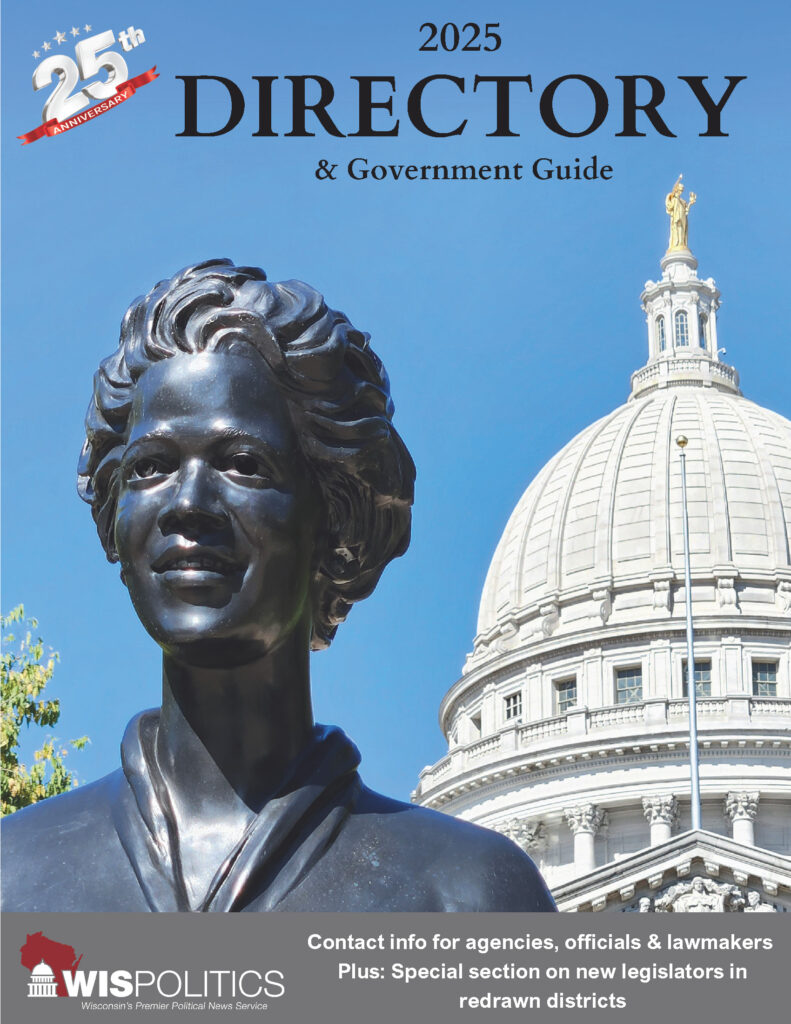Four years ago, when the Joint Finance Committee (JFC) proposed no improvements to the system of unfair revenue limits, AEF called it a “missed opportunity.” Schools across the state were stuck in an unfair system where some students were “valued” with very different revenues.
Two years ago, AEF applauded excellent progress! At that time, there was a substantially lower budget surplus t...
Please log in to access subscriber content.
If you don't have a subscription, please contact schmies@wispolitics.com for subscription options on the WisPolitics-State Affairs platform, which is the new home for WisPolitics subscriber products.


